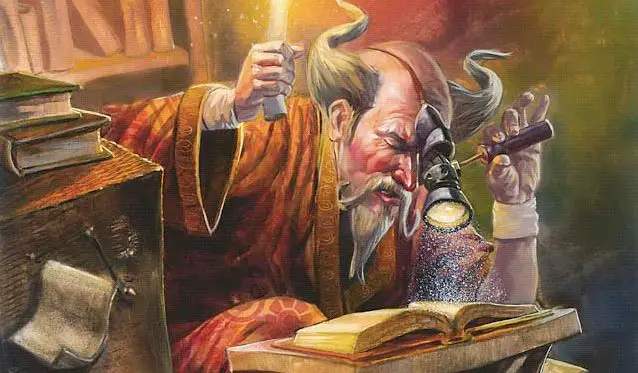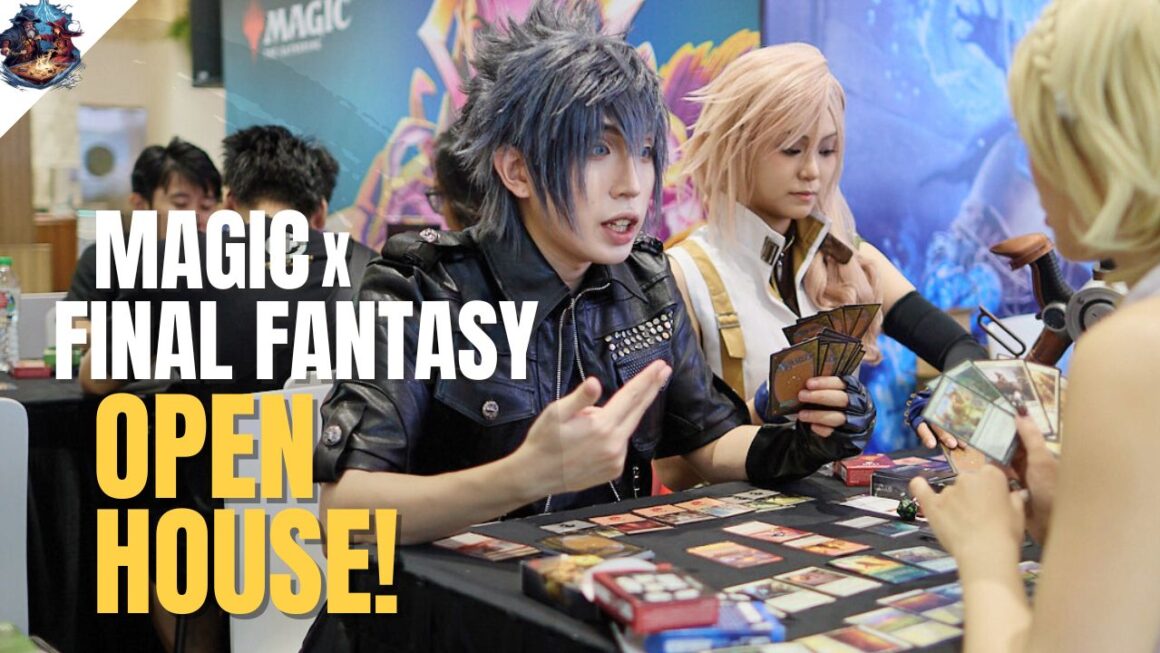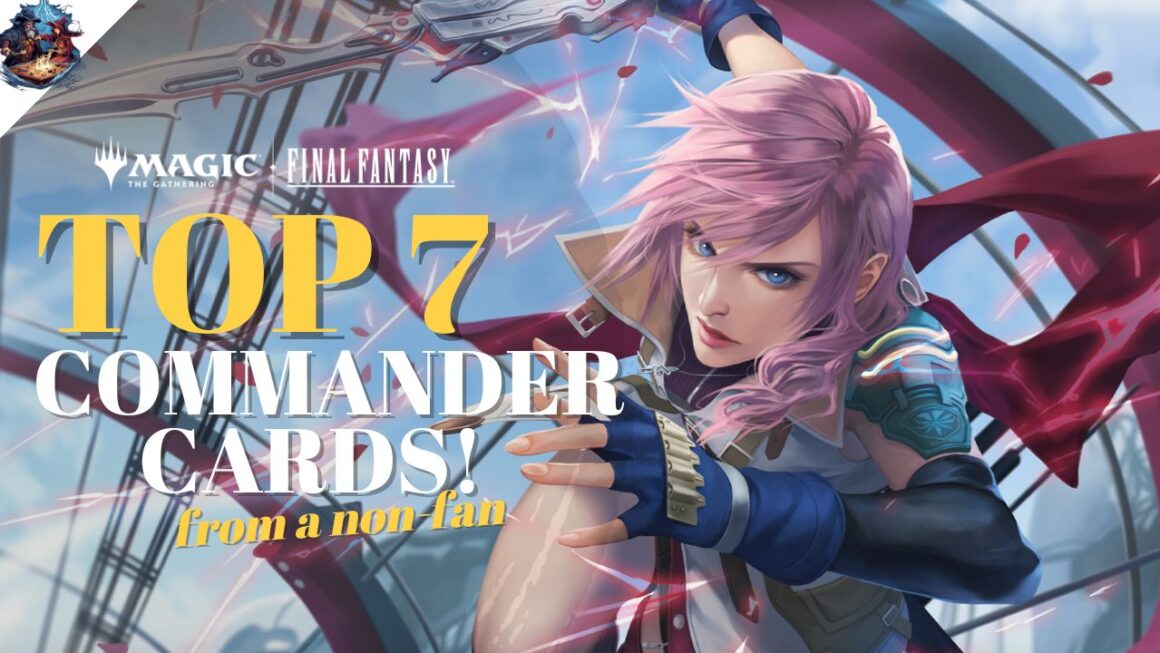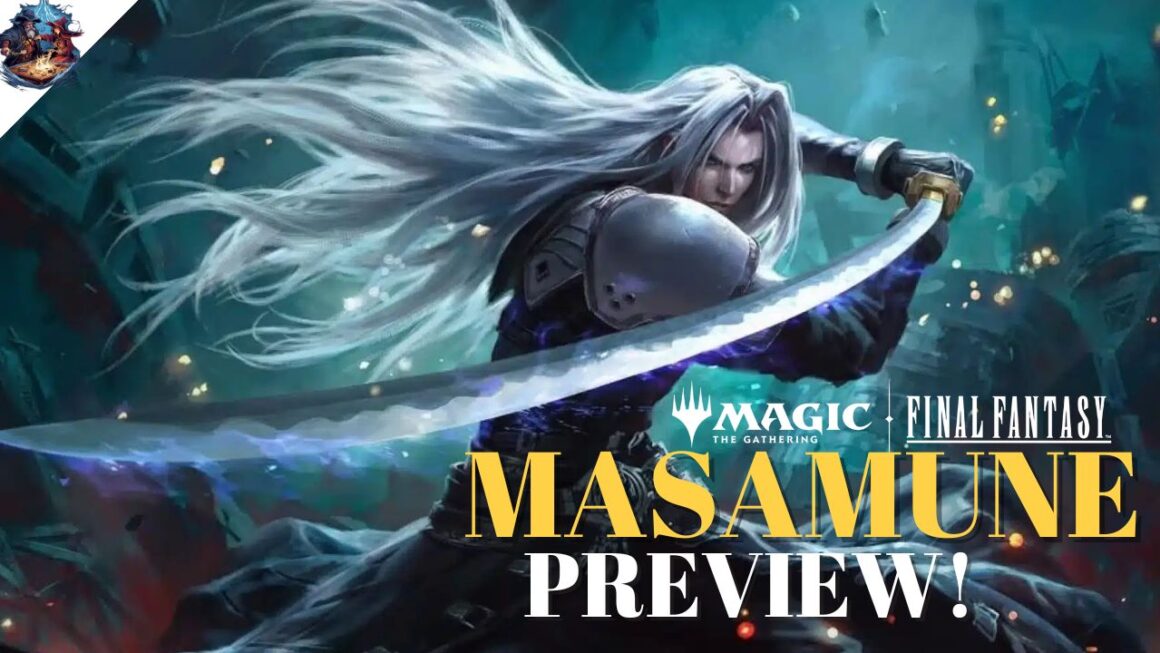Just like in most other games, there are several card types and each serves a specific purpose. In a Role-Playing Game, you have your character, equipments, and spells. Similarly in Magic: the Gathering, we have Lands (Permanents that produce mana), and Spells (which can be Permanent or Non-permanent). Some cards also share multiple card types, an Enchantment Creature for example. Let’s take a look at the basics of card types.
Lands (Permanents)
Lands are the backbone of MTG. Plains, Islands, Swamps, Mountains and Forests represent the mana-producing Basic Lands for White, Blue, Black, Red, and Green colours respectively.





There are also Non-basic Lands that have additional abilities and usually are able to generate mana of some kind as well. Unlike the Basic Lands, Non-Basics are limited to 4 per deck, like all other card types.
Creature Spells (Permanents)
Creatures form one of the largest card types in MTG. They’re used for attacking, blocking, and dealing damage to the opponent. A high percentage of games are won by getting your opponent’s life to 0, hence creatures are important to achieve that goal. Many creatures also have activated or triggered abilities.




Many other card types also interact with Creatures. For example, Enchantment Auras such as Mire’s Grasp are placed on Creatures, while Equipment like Embercleave are also attached to them.
Instant & Sorcery Spells (Non-Permanents)
These are often considered a one-time use, whereby after it’s cast and resolved, it goes to your Graveyard. Hence, the are called non-permanents. What’s the different between Instants and Sorceries?
Instants, like its namesake, can be cast in multiple pause points throughout a turn. This includes, but are not limited to, the beginning of Upkeep, and Combat phases, and even at the start and finish of the End Step. We call this spontaneous ability “Instant Speed.” Some examples of Instants are Counterspells, Pump spells, Removal spells:



Sorceries, on the other hand, can only be cast in one of the two Main Phases of your turn. When an ability says “play this only when you can play a sorcery,” it means it cannot be activated at “Instant Speed.” Other than timing differences, a Sorcery has the same function as Instants.
Artifact Spells (Permanents)
Think of Artifacts as items that aid you in the match. They are often thought to be mechanical and non-living, but Artifacts can also be Creatures, while there are others that are non-Creatures. Many Artifacts are categorised as colourless, but there are some with colour Mana in the their cost.



Equipments are weapons that you attach onto Creatures, and are a sub-category of Artifacts. An Equipment has the advantage of being moved around between Creatures, unlike Enchantment Auras. Another great point about Equipments is that when the equipped Creature is destroyed, the Equipment stays on the Battlefield can be equipped again.
Originally, Tapping an Artifact negated its passive abilities. However, since 1999, the rules have changed and Tapping no longer has an effect. Thus, cards such as Ensnaring Bridge and Howling Mine will still be active unless destroyed.
Enchantment Spells (Permanents)
These are cards that have a constant effect once they are permanent on the Battlefield. Auras are a sub-category of Enchantments that affect targeted Creatures. If a Creature dies while an Aura is attached to it, the Aura is also destroyed.
There are also rare instances where Enchantments can become Creatures (see Heliod, Sun-Crowned), but most are permanents with no other interactions other than the effect it produces.



For example, Exploration allows you to play an additional Land each turn. The effect is constantly ‘switched on,’ and the Enchantment itself offers no other interaction with other card types on the Battlefield.
Planeswalker Spells
One of the newer changes to the game, Planeswalkers brought a huge shift to MTG gameplay. It essentially introduced the ‘Hero’ concept, offering more value to its controller the longer it stays alive. Below are some of the game’s most popular characters, made into Planeswalkers:





Unlike Legendary Creatures, Planeswalkers are on an equal tier as yourself (since you are also considered a Planeswalker). This means that the opponent can choose to attack either you directly, or your Planeswalkers. The health of Planeswalkers are determined by their Loyalty Counters, indicated by the number on the card’s lower right. These counters are removed as damage is dealt, and do not replenish at the end of each turn.
Most of the time, Planeswalker abilities are activated once per turn, and only at “Sorcery Speed.” There are certain cards like Oath of Teferi that amend this ruling if in play.
A +X ability means that when activated, X Loyalty Counters are added to this Planeswalker, while a -X will remove counters. The last ability option is often referred to as the Planeswalker’s “Ultimate,” as a non-removable Emblem is applied to the game and offers massive benefits.
End Step
If you haven’t, check out a related part of our Basic Learning Guide: How to Read a MTG Card. Also, if there is an aspect of MTG gameplay that you’d like to see us explain, feel free to contact us!




